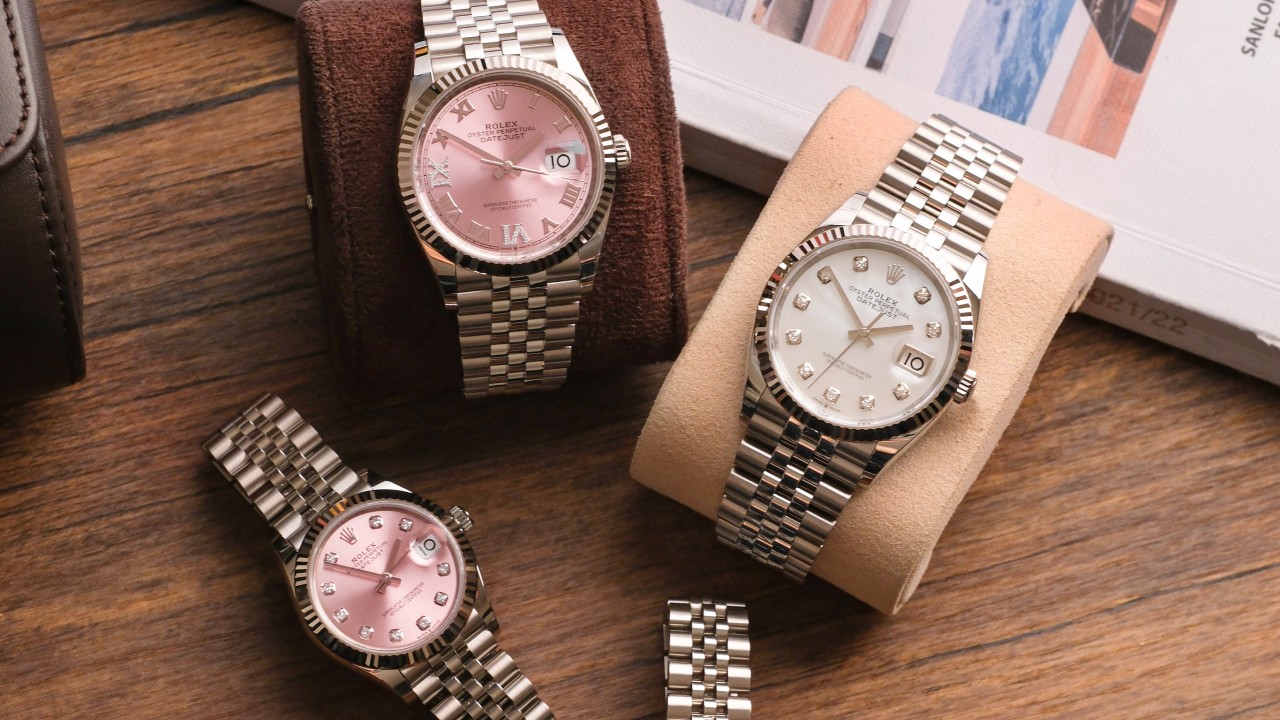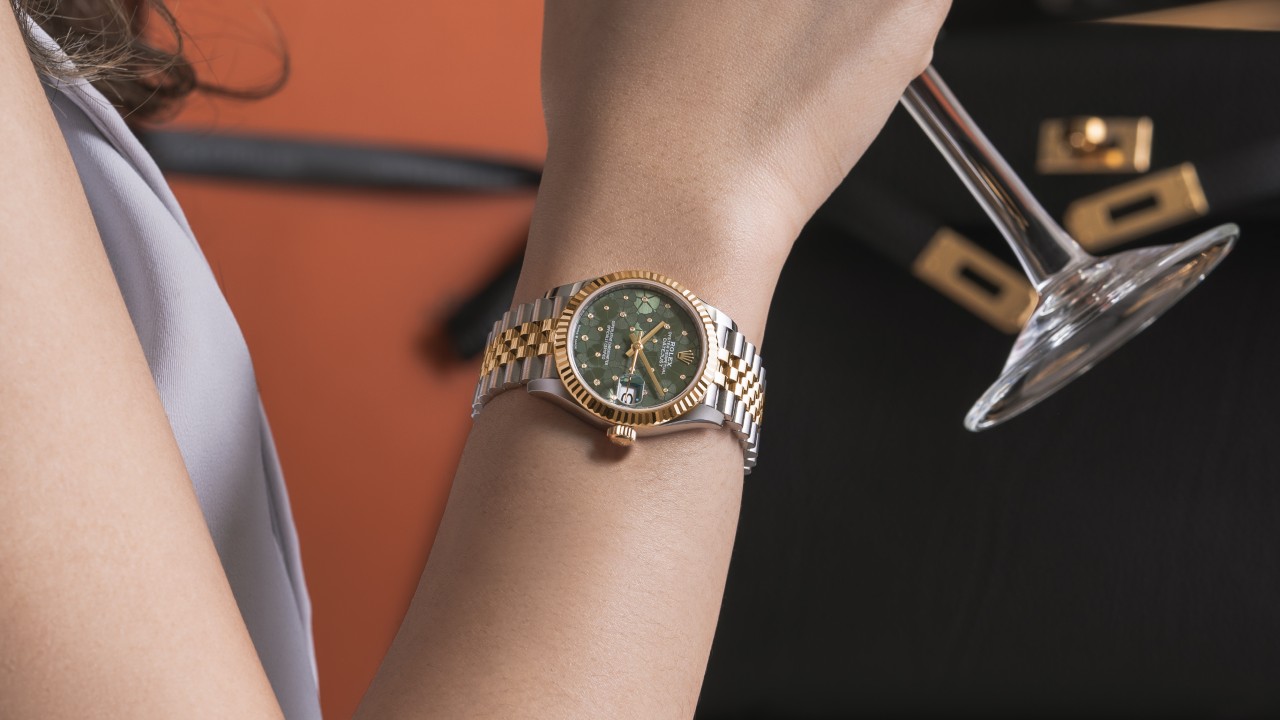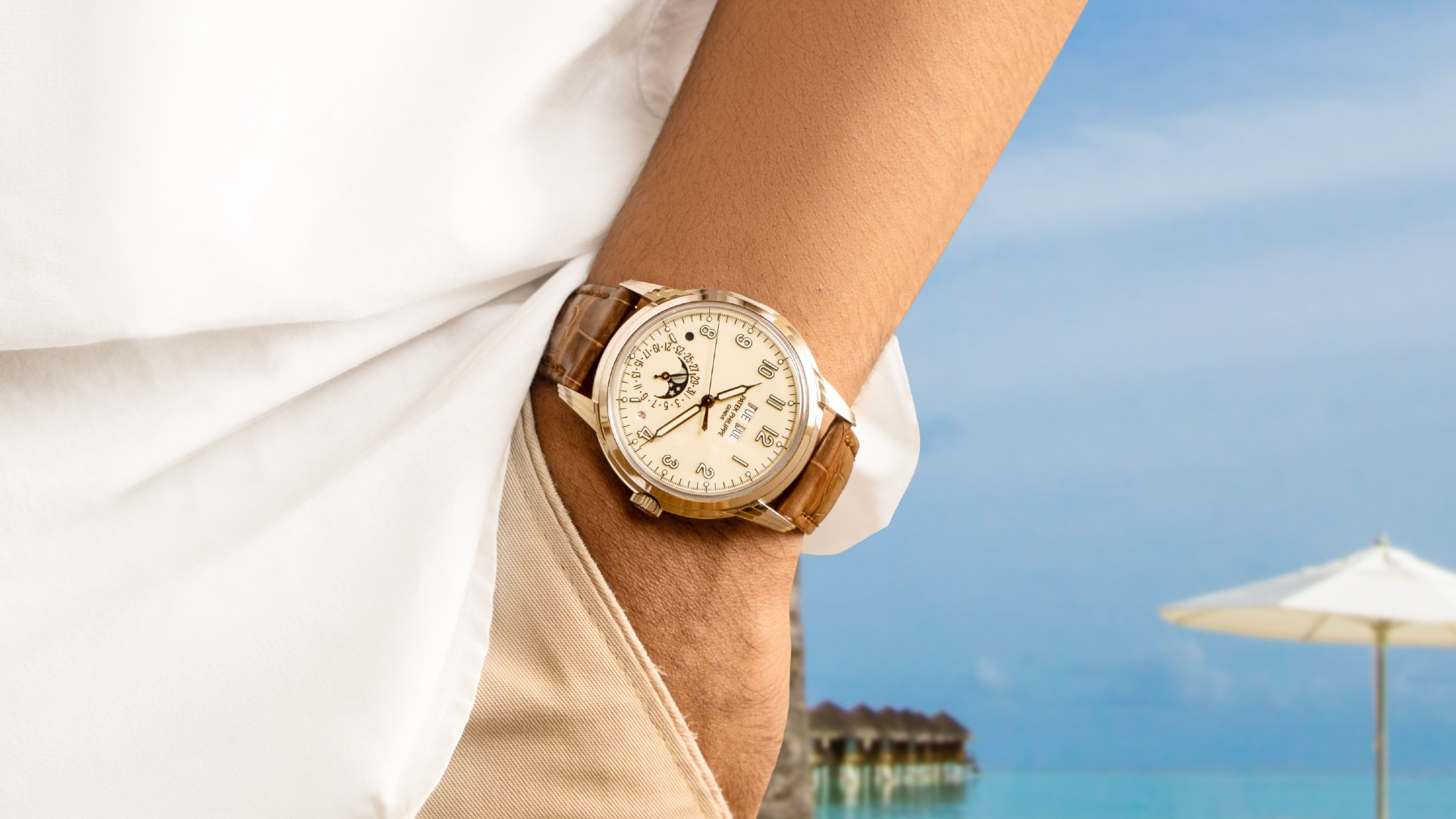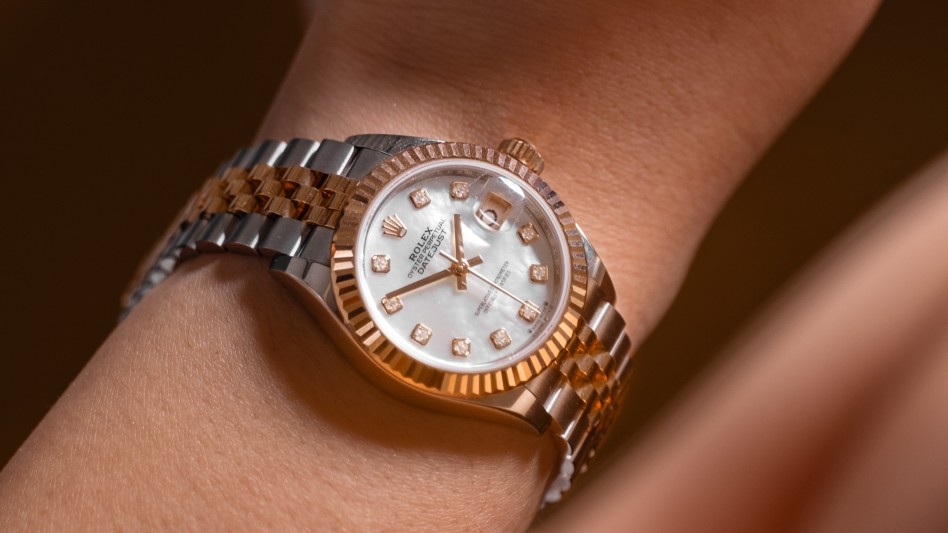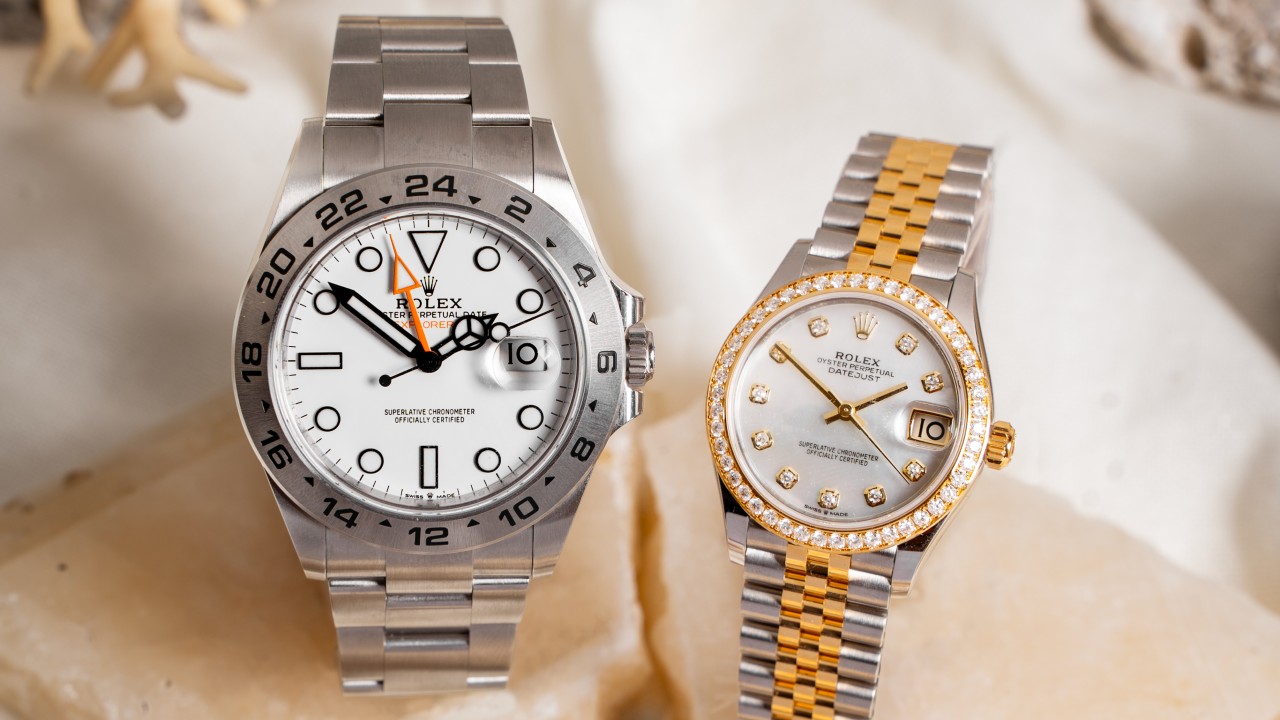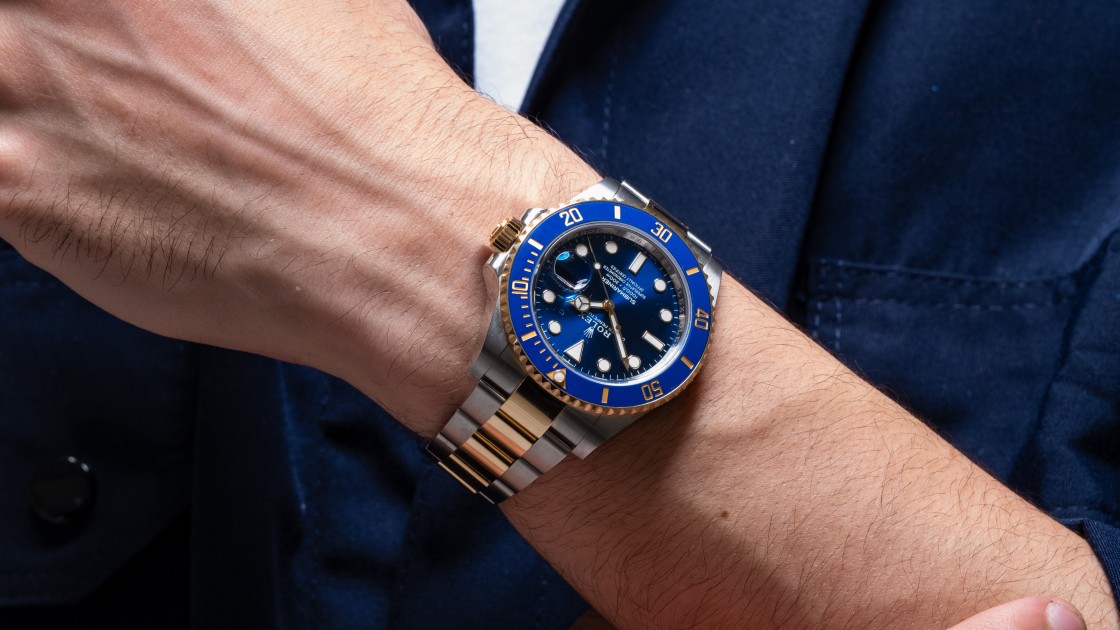In the heart of every timepiece lies its intricate movement, the very essence that ensures its precision and functionality. Luxury watchmakers meticulously select and integrate various types of movements into their creations. Before investing in a luxury timepiece, it’s crucial to understand the differences between luxury watch movements.
There are three types of watch movements: quartz, mechanical, and automatic. Luxury watches predominantly feature mechanical and automatic movements. However, although quartz movements are less common among luxury brands, they still find application in select models.
What Are the Differences Between Luxury Watch Movements?
Within the luxury watch industry, the term “movement,” sometimes called “caliber,” embodies the essence of a timepiece. It serves as the dynamic force driving the watch and its myriad functions.
This intricate mechanism moves the hands and energizes various complications, such as chronographs, annual calendars, or dual time zones.
While watch manufacturers have crafted countless distinct movements, they typically categorize them into three main types: quartz, mechanical, or automatic.
1. Mechanical movement
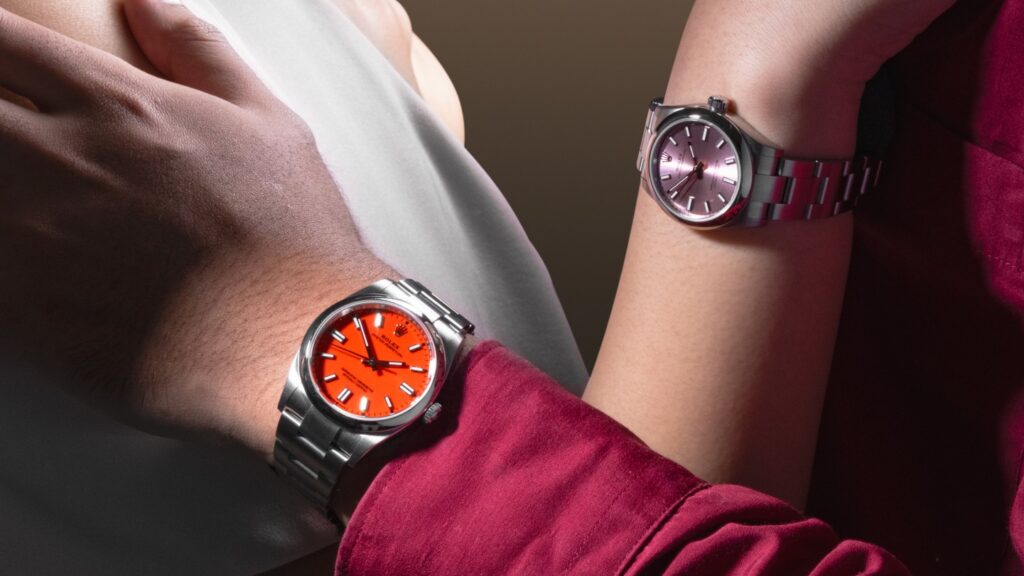
Mechanical or manual movement is the traditional watchmaking and is often synonymous with classic and refined timepieces.
With manual movements, winding the crown provides the necessary power, hence they are sometimes referred to as hand-wound movements.
Luxury watch enthusiasts often gravitate towards mechanical movements due to their exceptional quality and craftsmanship. These movements feature an intricate assembly of tiny components working harmoniously to drive the timepiece.
A mechanical watch movement operates on the energy stored within a wound spring. It transfers this energy through a network of gears and springs, precisely regulating its release to power the watch.
2. Automatic movement
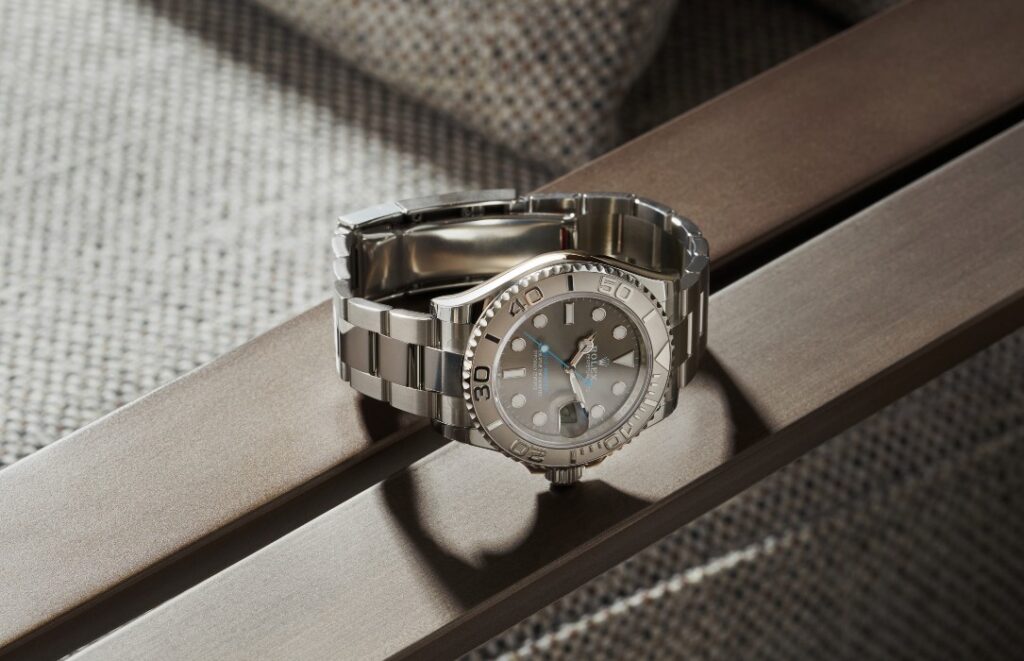
The automatic movement, often referred to as self-winding, operates through the motion of a rotor, also known as an oscillating weight or mass, which rotates with your movement, thereby winding and powering the watch.
Unlike manual movements that necessitate daily winding, automatic watches do not require such regular attention. However, if left unworn for an extended period, automatic watches may stop and need manual winding.
Functionally akin to manual movements, automatic movements incorporate a connected rotor. The rotor rotates as the wearer moves, transferring energy to wind the mainspring automatically.
Watches featuring automatic movements enjoy widespread popularity because wearers need not concern themselves with daily winding for continual operation. Regular wear ensures the watch remains powered without the need for manual winding.
3. Quartz movement
Quartz movements boast remarkable accuracy and demand minimal upkeep, primarily limited to battery replacements. Their affordability stems from their reliance on batteries and simplified construction with few moving components.
Despite their precision, quartz watches often lack the intricate craftsmanship and mechanical allure many watch enthusiasts cherish. Quartz movements are commonly found in straightforward, practical timepieces powered by a battery.
In these movements, a battery generates an electrical charge that stimulates a small quartz crystal, inducing vibrations. These vibrations sustain the movement’s oscillation, propelling the watch hands via a motor.
Understanding The In-house Movement
When purchasing a luxury watch, you may come across descriptions boasting the use of an in-house movement or caliber. But what exactly does this entail?
An in-house movement refers to a type of movement crafted or designed directly by the watch brand.
Most luxury watchmakers manufacture their own movements in-house, within their dedicated facilities akin to horological factories. If a brand creates most of its movement’s components, it’s termed an in-house movement.
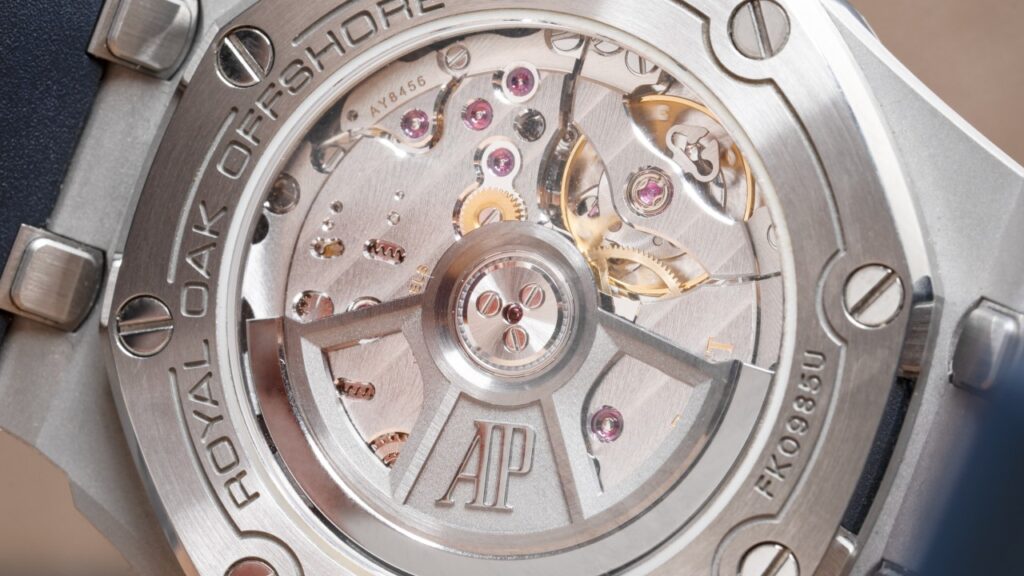
Today, the majority of watch brands produce their in-house movements. Nonetheless, many watch models are still utilizing calibers manufactured by third-party movement makers rather than in-house designs.
This might stem from certain brands needing more technical prowess to fabricate the most intricate components, such as the hairspring.
Typically, such movements are employed in mass-produced watches. While they can offer comparable precision, they often lack the prestige of in-house movements.
What is a Tourbillon Movement?
There are many watch categories, and the tourbillon frequently stands out as one of the most iconic. A tourbillon is a mechanical marvel nestled within the movements of select high-end mechanical watches.
Timepieces featuring tourbillons often command a higher price tag than their counterparts without this complication. While not the most commonplace feature, tourbillons undoubtedly rank among the most captivating.
Historically, watchmakers grappled with the gravitational effects on the caliber or movement of pocket watches. When situated in specific positions, the tourbillon emerges to counteract this gravitational drag on the finer components within a timepiece’s escapement.
Essentially, a tourbillon encases critical elements of a watch’s internal mechanics, the balance wheel and escapement, within a rotating cage.
Watch the video below showcasing one of the many luxury timepieces boasting a tourbillon movement.
So, those are the differences between luxury watch movements. Each movement boasts its unique characteristics and advantages. No matter the type of watch movement you’re seeking, we recommend exploring Luxehouze.
Luxehouze presents an extensive assortment of luxury watches from various renowned brands, including Rolex, Patek Philippe, Richard Mille, and many others.
Rest assured, every Luxehouze item is guaranteed to be 100% authentic and offered at the most competitive prices. Don’t hesitate to make your purchase at Luxehouze today!


